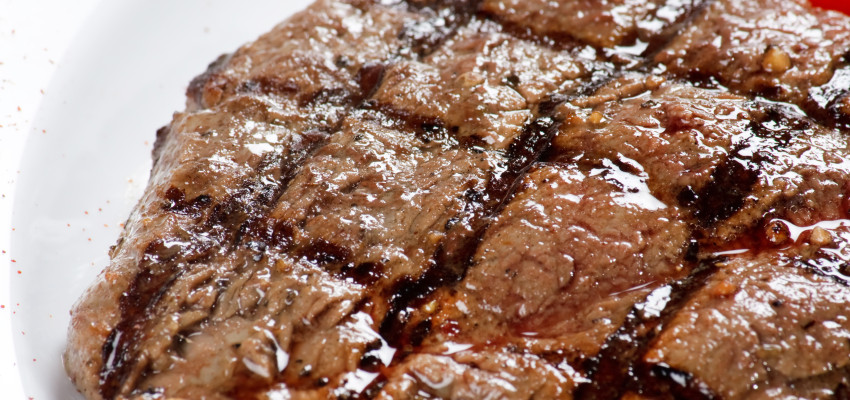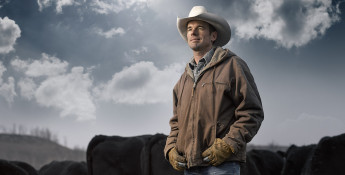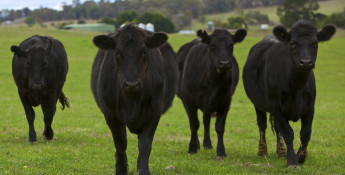By Katie Sawyer on October 23, 2015
Don't be fooled about your food
All beef is antibiotic-free

Many consumers have become misled and misinformed about the presence of antibiotics in their beef. Some restaurants and grocery stores have begun advertising antibiotic-free meat, which is like promoting sugar-free water. All beef is antibiotic-free and all water is bottled without the added sweet stuff. No catchy labels and no gimmicks needed.
Antibiotics allow farmers and ranchers to help their animals recover from common illnesses, return to the herd and continue to live a happy, healthy life.
The U.S. Food and Drug Administration mandates that all beef processed for consumption must be free of antibiotics. The government agency has inspectors in processing plants across the country, testing beef samples for any trace of antibiotics or antibiotic residue. If any level is detected, the entire animal is discarded completely. It’s a rigid and straightforward process that ensures consumers always receive antibiotic-free beef products.
While the USDA provides formal inspections and regulations, keeping antibiotics out of the food supply starts with the livestock owner. On our farm in Central Kansas, we have a small number of animals every year that suffer from pneumonia, which often results from stress or changing weather, or a blood disorder, spread by flies found in grazing pastures. We use antibiotics to help our sick animals recover and keep diligent records to ensure those animals remain out of the herd and the food supply until the antibiotics are out of their system.
All antibiotics used on farm animals are approved by the U.S. Food and Drug Administration and come with strict guidelines on usage, dosage and withdrawal periods.
These withdrawal periods tell the farmer how long it takes for the drug to move through the animal’s system and ultimately leave the body all together. The withdrawal periods vary for each drug but most range from 14 to 20 days.
It isn’t until that withdrawal period has elapsed that any animal treated with antibiotics can return to the herd or be processed for consumption. Through diligent record keeping, livestock owners know the exact dates each animal was treated and the doses administered.
Livestock owners understand the implications of antibiotic resistance in both people and animals and are working to be part of the solution. We value our role in providing a safe and healthy food product and understand the importance of keeping antibiotics out of the food supply to ensure all beef is ALWAYS antibiotic-free.
Did you enjoy this story? Check these out!










